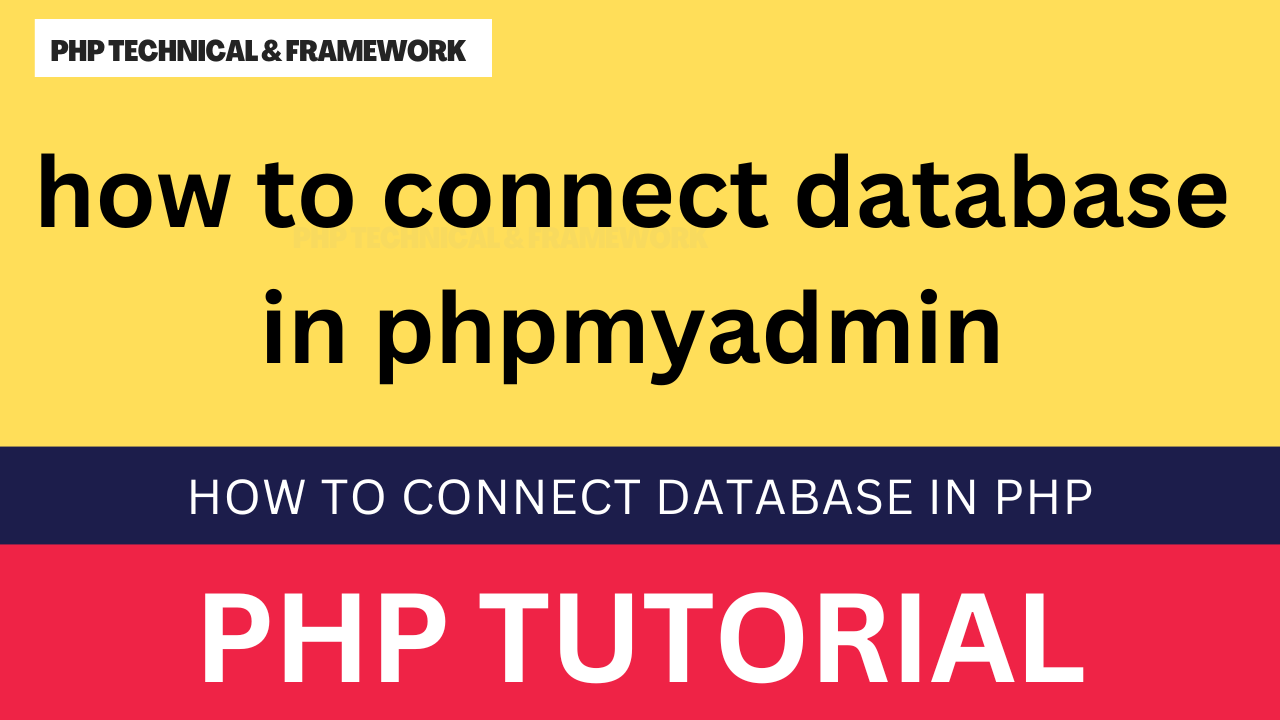PHP database integration
In today’s web development landscape, integrating a database into your PHP applications is a fundamental requirement for storing and retrieving data efficiently. Whether you’re building a blog, e-commerce platform, or content management system, PHP provides robust extensions and libraries to establish seamless connections with popular databases like MySQL, PostgreSQL, SQLite, and more. In this article, we will delve into the intricacies of PHP database integration, discussing the importance of establishing a connection and highlighting the key aspects of the mysqli extension. We will provide a detailed example code snippet for establishing a secure and reliable database connection.
Why Establish a Database Connection?
A database connection acts as a bridge between your PHP application and the database server. It enables the execution of SQL queries, retrieval of data, and management of database transactions. Without a connection, your application would be unable to interact with the database, rendering it incapable of storing and retrieving data effectively. Therefore, establishing a database connection is the first step towards leveraging the full power of a database in your PHP applications.
To begin integrating a database into your PHP application, you first need to determine the database you want to connect to, such as MySQL. Ensure that you have the necessary credentials, including the hostname, username, password, and database name. These details will be used to establish a secure and reliable connection.
In PHP, the mysqli extension and the PDO (PHP Data Objects) library are commonly used for connecting to databases. Both options offer features for executing queries, fetching data, and handling database transactions. The choice between the two depends on your specific requirements and coding preferences.
Let’s take a look at an example code snippet for establishing a connection with a MySQL database using the mysqli extension:
<?php
$host = 'localhost'; // Replace with your host name
$username = 'root'; // Replace with your MySQL username
$password = 'password'; // Replace with your MySQL password
$database = 'mydatabase'; // Replace with your MySQL database name
// Create a connection
$connection = new mysqli($host, $username, $password, $database);
// Check if the connection was successful
if ($connection->connect_error) {
die('Connection failed: ' . $connection->connect_error);
}
// Connection successful
echo 'Connected to the database successfully!';
// Close the connection when done
$connection->close();
?>
In the example above, we first define the necessary credentials for connecting to the MySQL database. Then, we create a new instance of the mysqli class by passing the host, username, password, and database name as parameters. Next, we check if the connection was successful using the connect_error property of the $connection object. If there is an error, we display a message and terminate the script. If the connection is successful, we display a confirmation message. Finally, we close the connection using the close() method.
To gain a better understanding of how to connect a database in PHP, you can click on the provided link to watch a video tutorial. This will provide you with a more convenient way to learn the process of establishing a database connection in PHP.
Conclusion: Integrating a database into your PHP applications allows you to store and retrieve data efficiently. By using the appropriate extensions or libraries, such as mysqli or PDO, you can establish secure connections with databases and perform various database operations. Understanding the fundamentals of PHP database integration is crucial for building robust and data-driven web applications.
